Here’s an easy recipe on how to caramelize onions without adding any sugar. You only need onions, olive oil, and salt to create one of the best condiments.
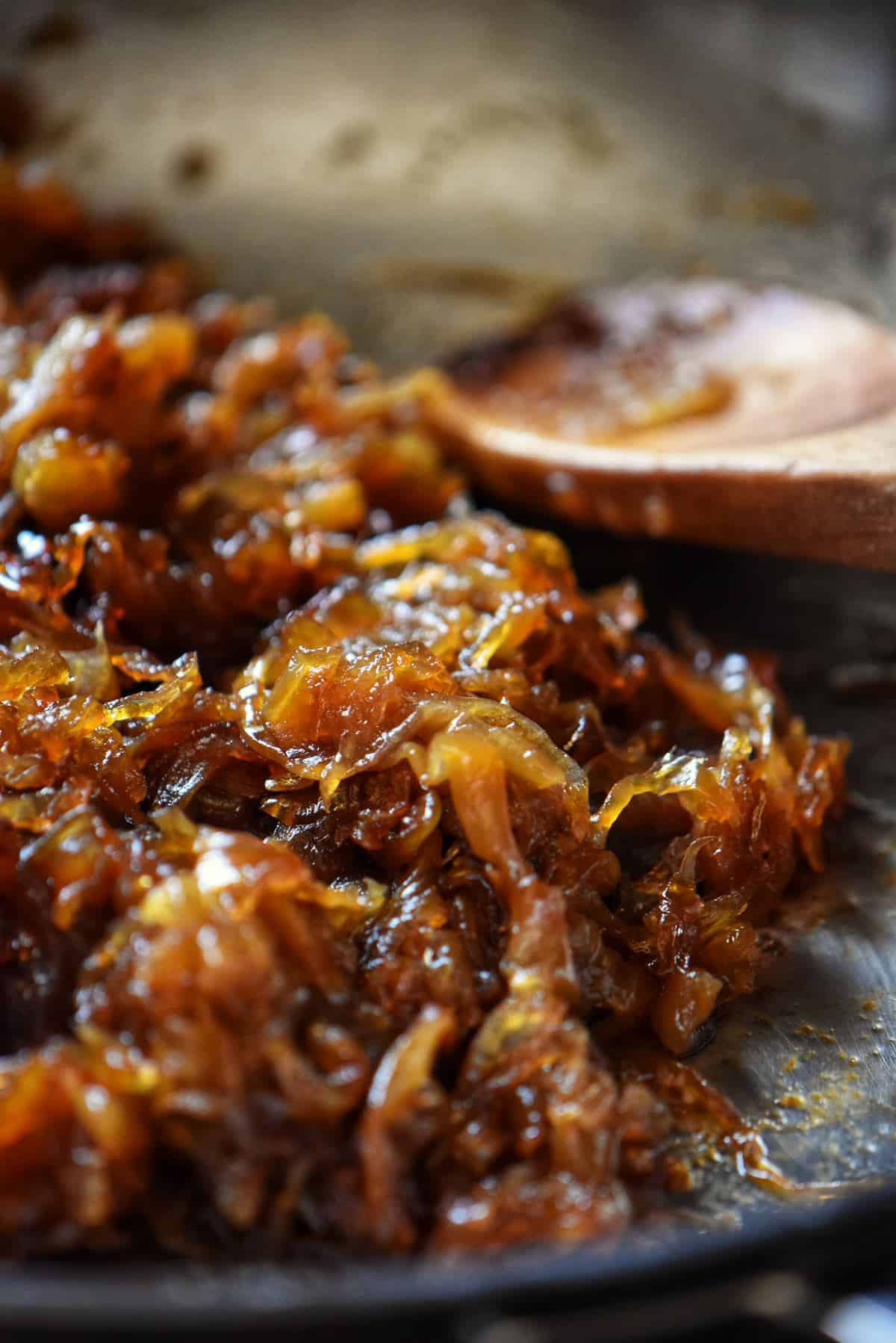
The magic of caramelized onions lies in their ability to enhance a wide range of dishes by adding a touch of sweetness and savory goodness.
This sweet, savory taste pairs well with various ingredients, making them a versatile addition to your culinary repertoire.
Whether you’re topping focaccia, layering them in a piadina sandwich, folding them into a fluffy frittata, adding them to a potato leek soup, or incorporating them into comforting casseroles, these caramelized gems will take your creations to the next level.
As you can see, caramelized onions undergo a stunning transformation in color during the caramelization process.
As a dietitian, I love how this simple process of caramelizing onions can be a healthier alternative to adding excessive amounts of salt, sugar, or unhealthy fats to dishes.
The humble white onions turn into a glorious golden brown hue that adds visual appeal to any dish.
Seeing those beautifully caramelized strands is a feast for the eyes and can instantly elevate the presentation of your meals.
Slow cooking is the key to this process for the natural sugars to brown and contributes to a major taste transformation. Let’s make them together!
Jump to:
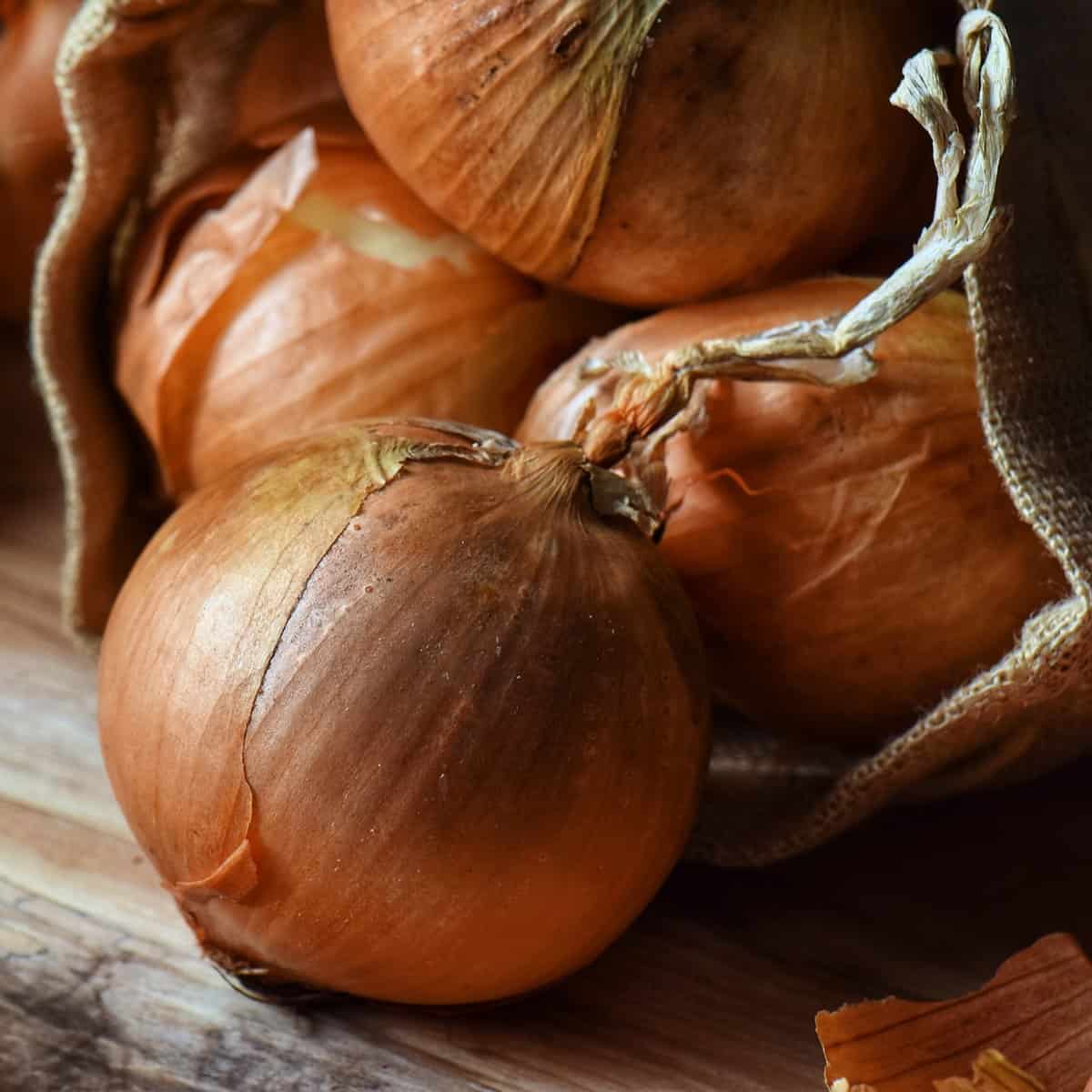
Mise en place
There is only one food item to prep for this recipe: one pound of yellow onions. If you don’t have a scale, that’s about three medium onions.
That’s it!
Although slicing one pound of raw onions might sound like a lot, you will see that by the end of the caramelization process, on average, this recipe yields approximately ¾ of a cup.
So please pick up your sharpest knife, perhaps a set of goggles, and let’s start chopping.
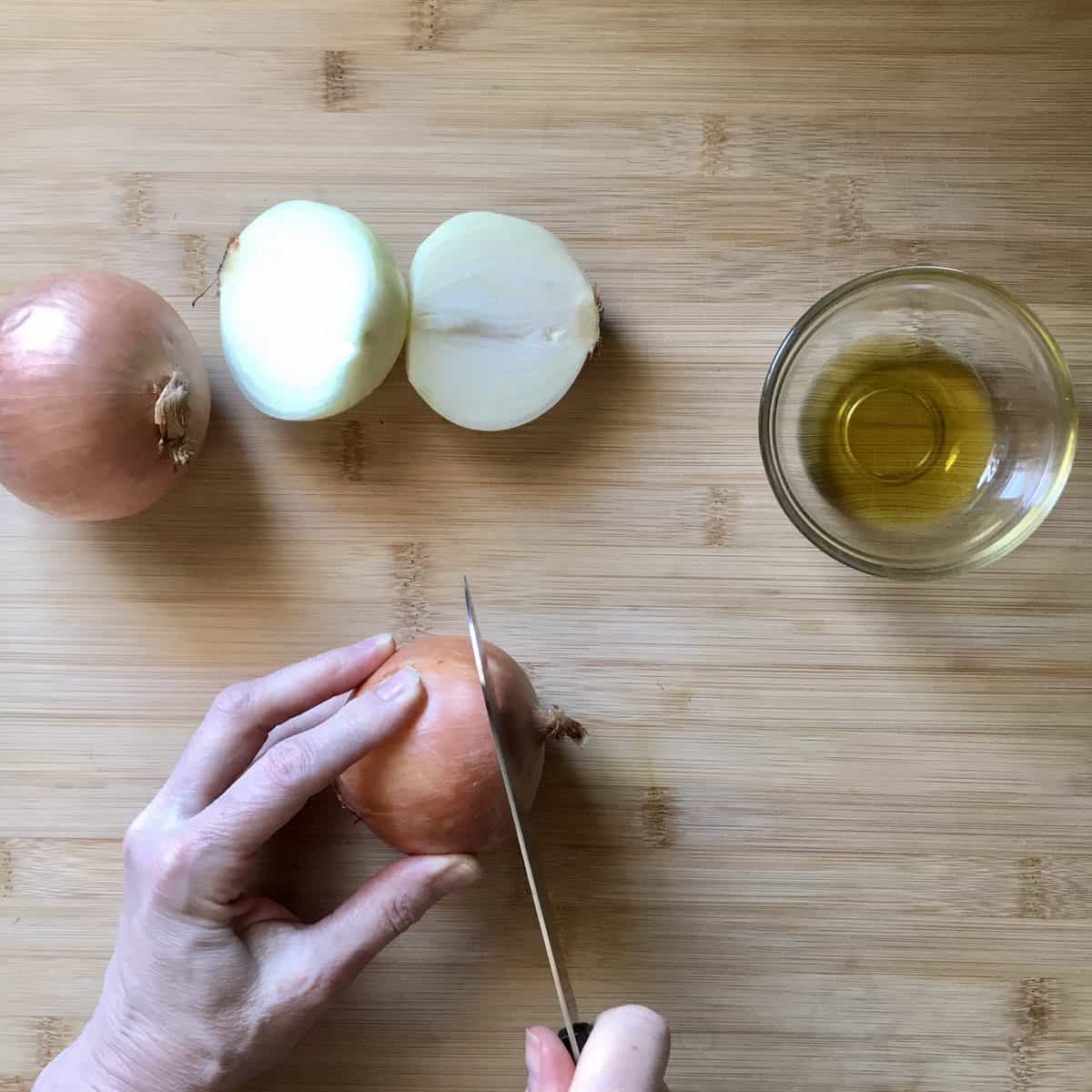
Place the onion sideways and cut off the stem.
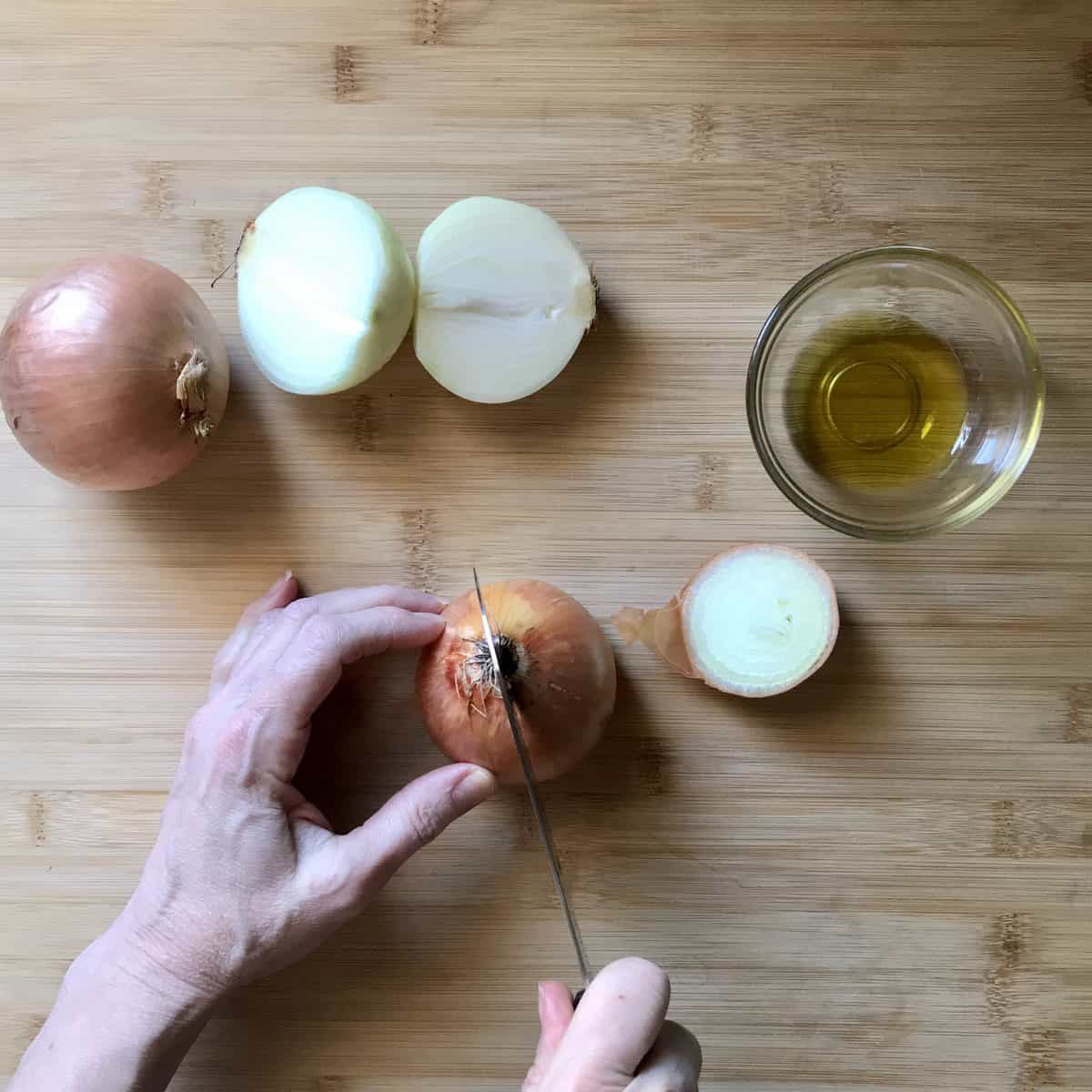
Then, place it flat on the cutting board and cut it in half, from the root to the bottom, where the stem used to be.
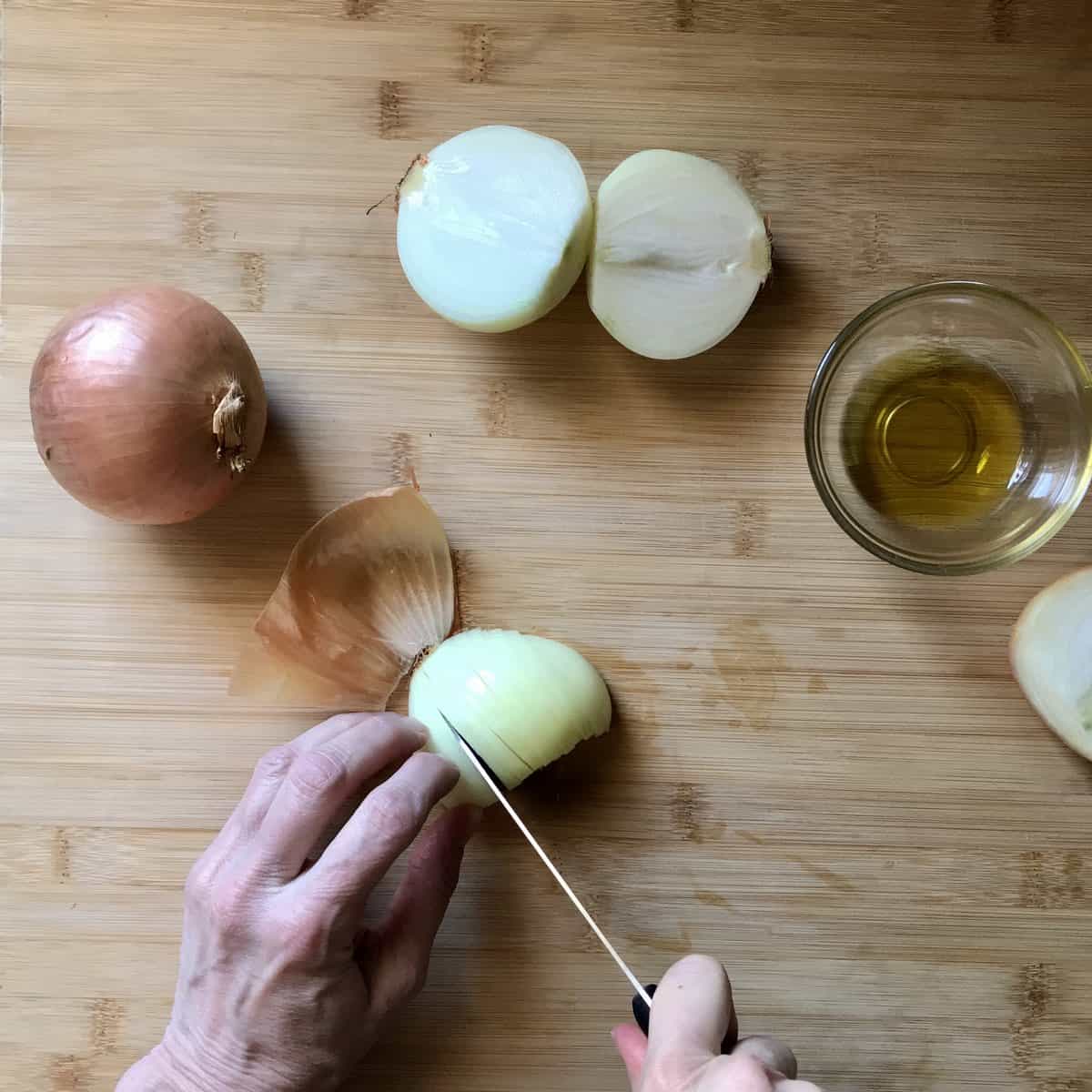
Keeping the root intake, remove the outer skin. Place flat on the cutting board and make ¼ inch incisions as close as possible to the root.
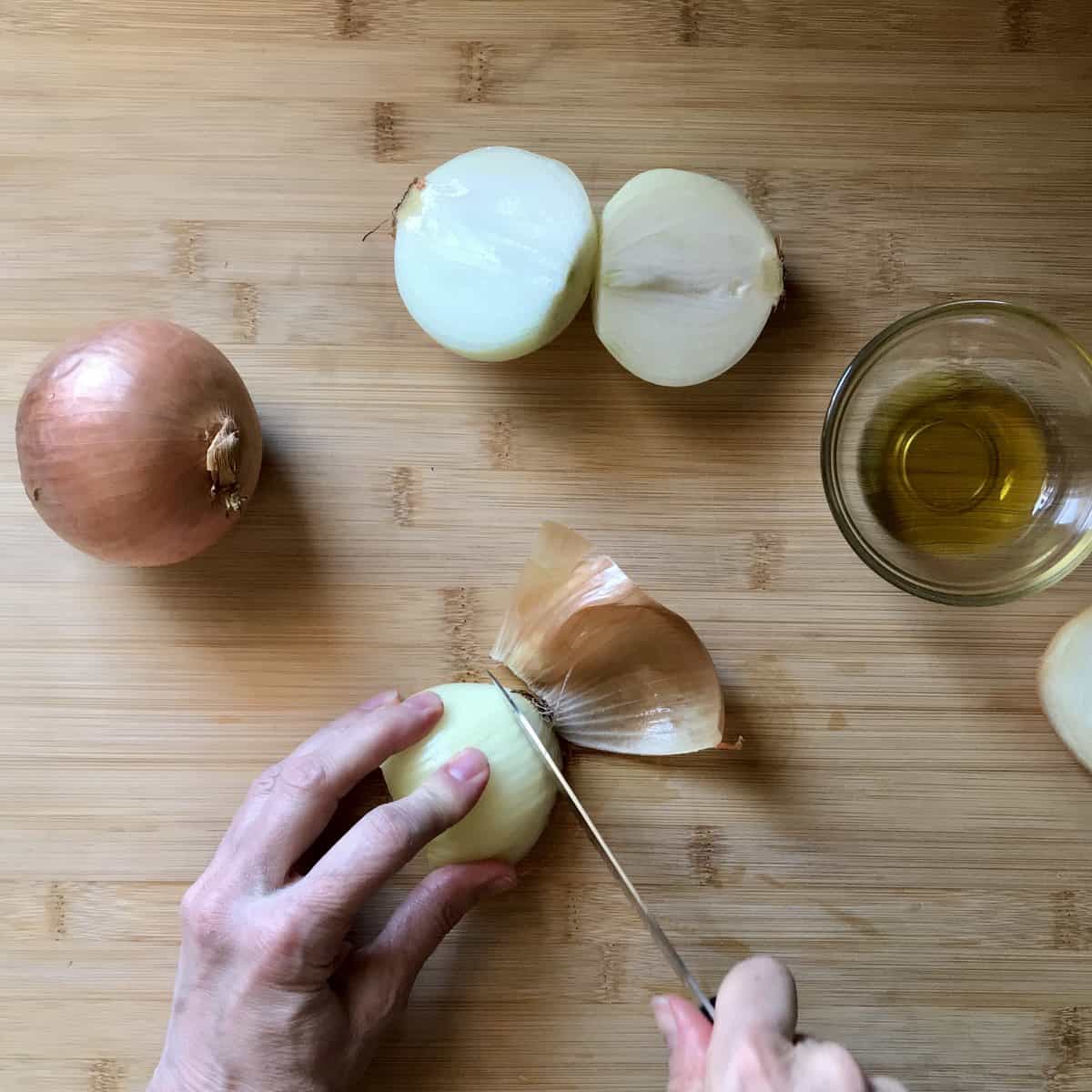
Then chop off the root.
Repeat this procedure until all the onions are sliced.
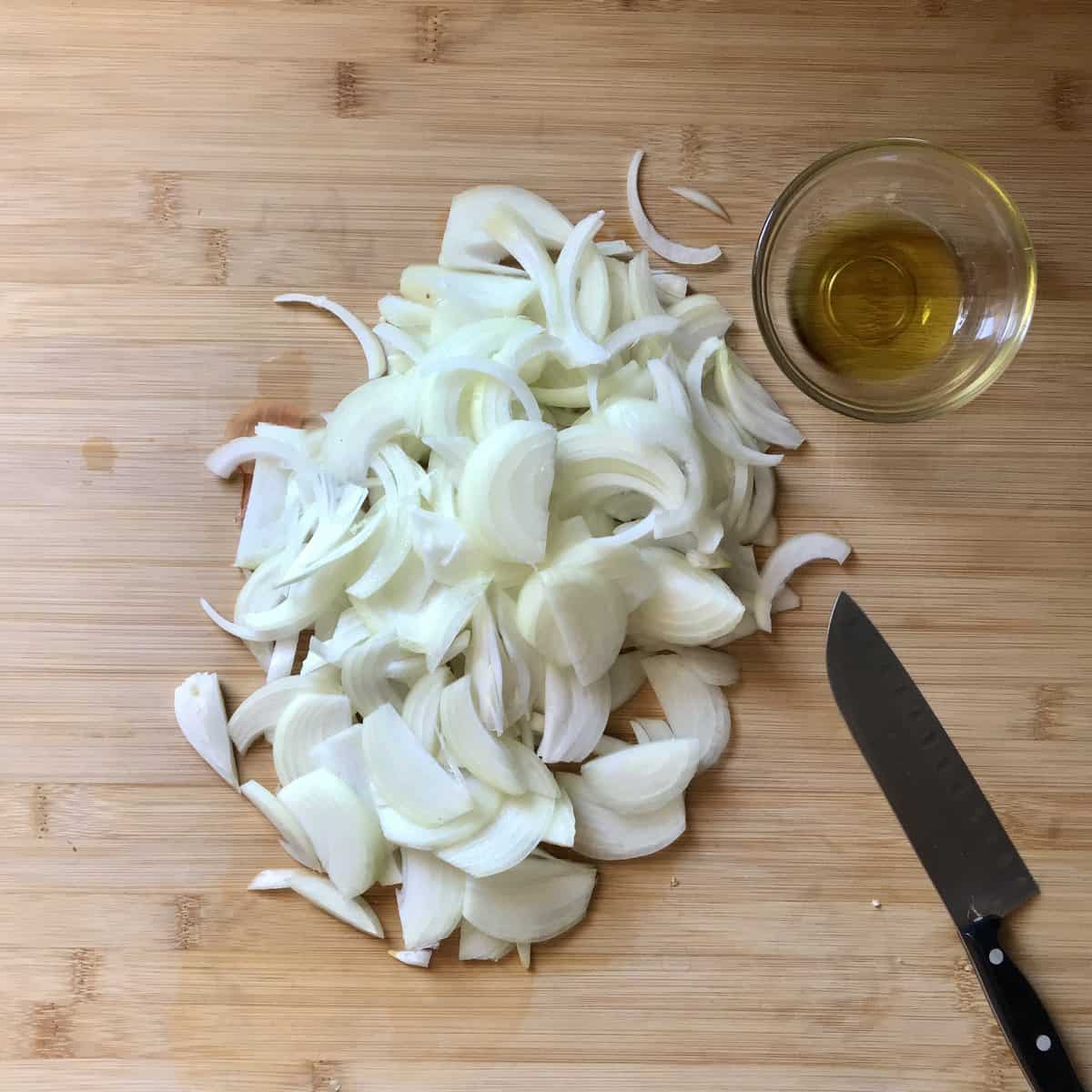
It’s now time to caramelize onions!
Instructions
Over medium-high heat, add 2 tablespoons of olive oil in a large, wide cast-iron skillet or large, heavy pan at least 12 inches in diameter. Swirl to coat the pan.
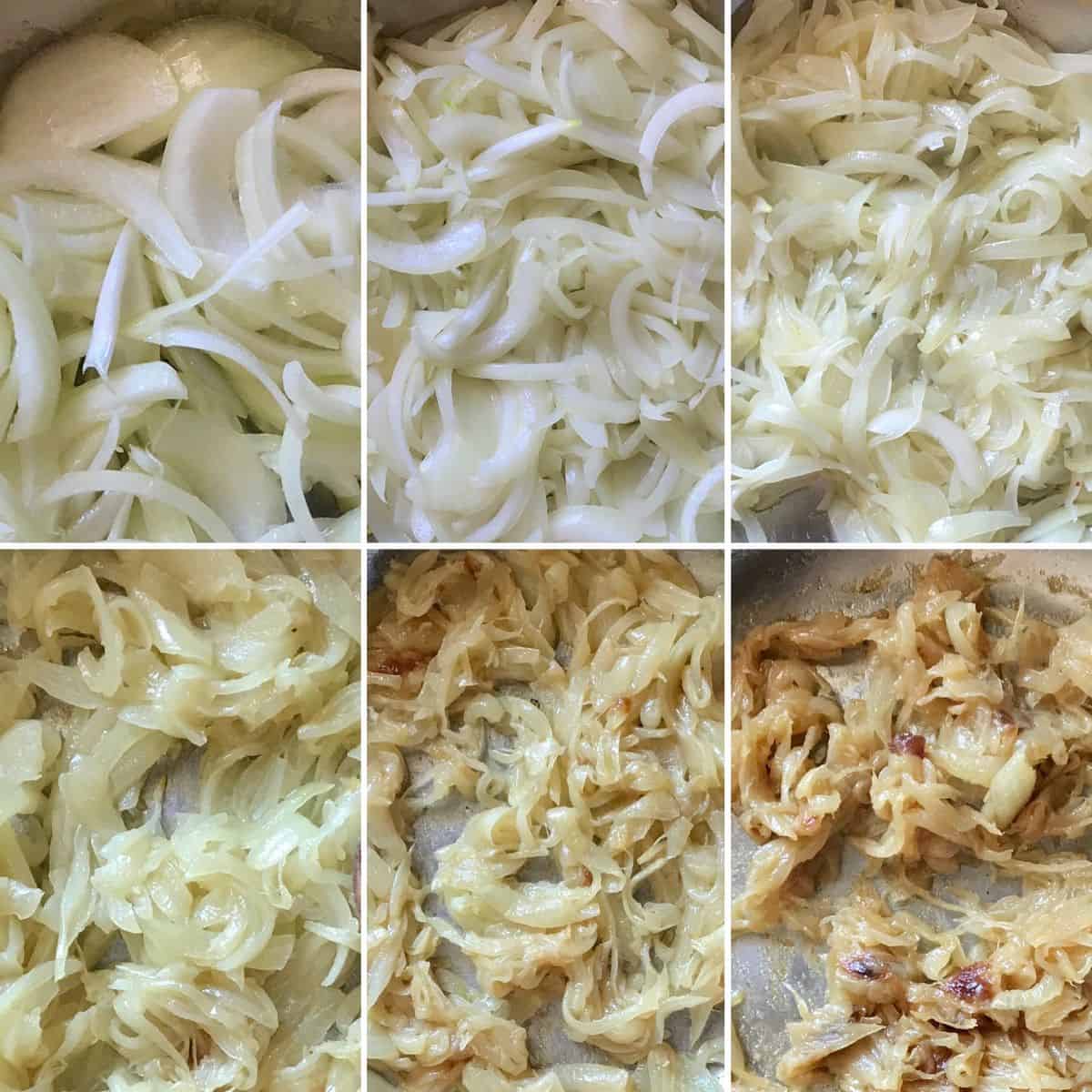
Add the sliced onions, one-third at a time, and toss in the oil until properly coated.
Sprinkle with ¼ teaspoon of kosher salt and constantly stir for about 2-3 minutes or until they start to soften.
Lower the heat to low and cook, uncovered, for about 45 minutes or until the onions become very soft, slightly sticky, and a deep golden brown. Stir the onions and /or shake the pan every 3-4 minutes.
If they begin to stick to the bottom of the pan, add a little water, about a tablespoon or so, and scrape the bits off. Consider lowering the heat if they start to burn.
Towards the end of the process, a few minutes before the onions are done to your liking, add 1-2 tablespoons of water, stock or wine to de-glaze the pan. When the liquid evaporates, they are done.
Use immediately or cool to room temperature, refrigerate for up to three days, place in an airtight container, and cover and freeze for up to one month.
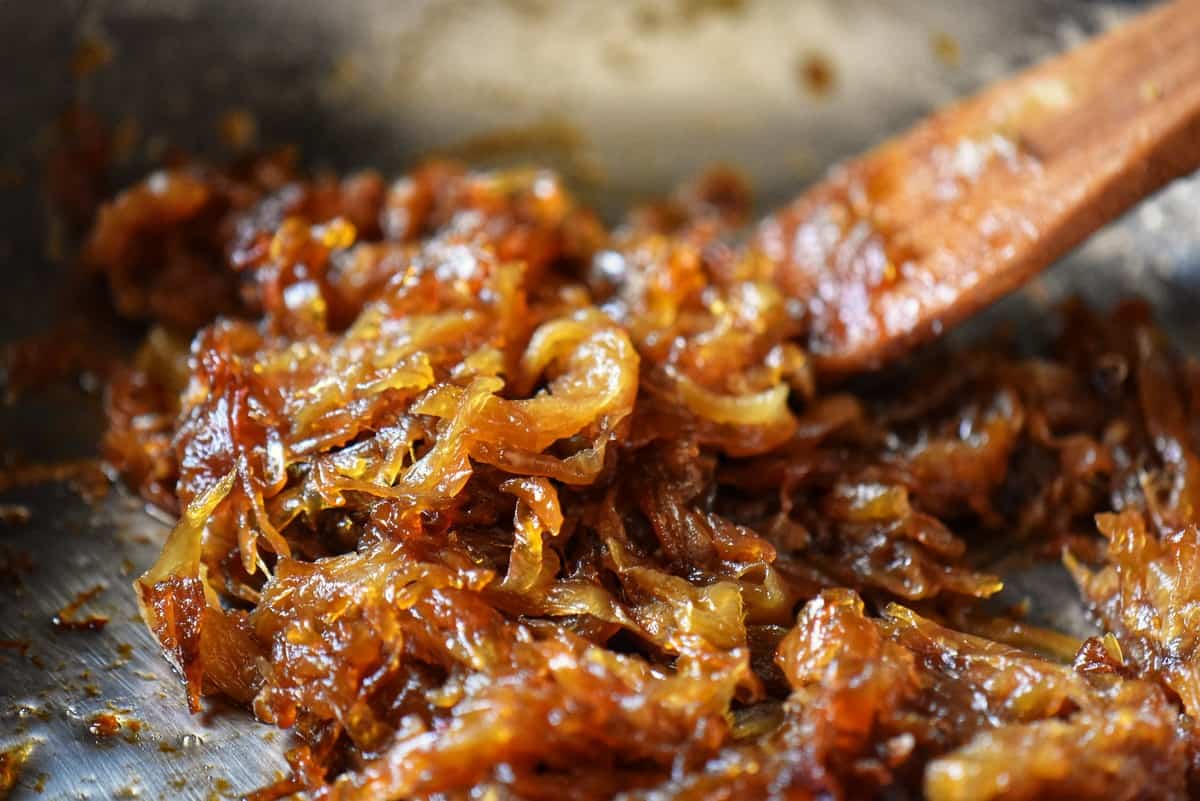
Tips
- One pound of yellow onions = 3 medium.
- Make soup stock with the unused outer skins. Freeze until you have enough vegetable scraps to make a flavorful broth.
- Keep the root intact to hold the layers of the onion in place. This makes it easier to slice evenly.
- Use a large sauté pan or cast-iron skillet, at least 12 inches in diameter. This encourages the water accumulation released by the onions to evaporate quickly. This, in turn, provides the perfect environment for the onions to caramelize properly.
- Add salt at the beginning. This helps draw out the moisture from the onions.
- Use low heat and stir. Do not be tempted to increase the temperature to speed up the cooking time.
- Use stock or wine to de-glaze the pan instead of a splash of water to release the browned bits stuck on the pan.
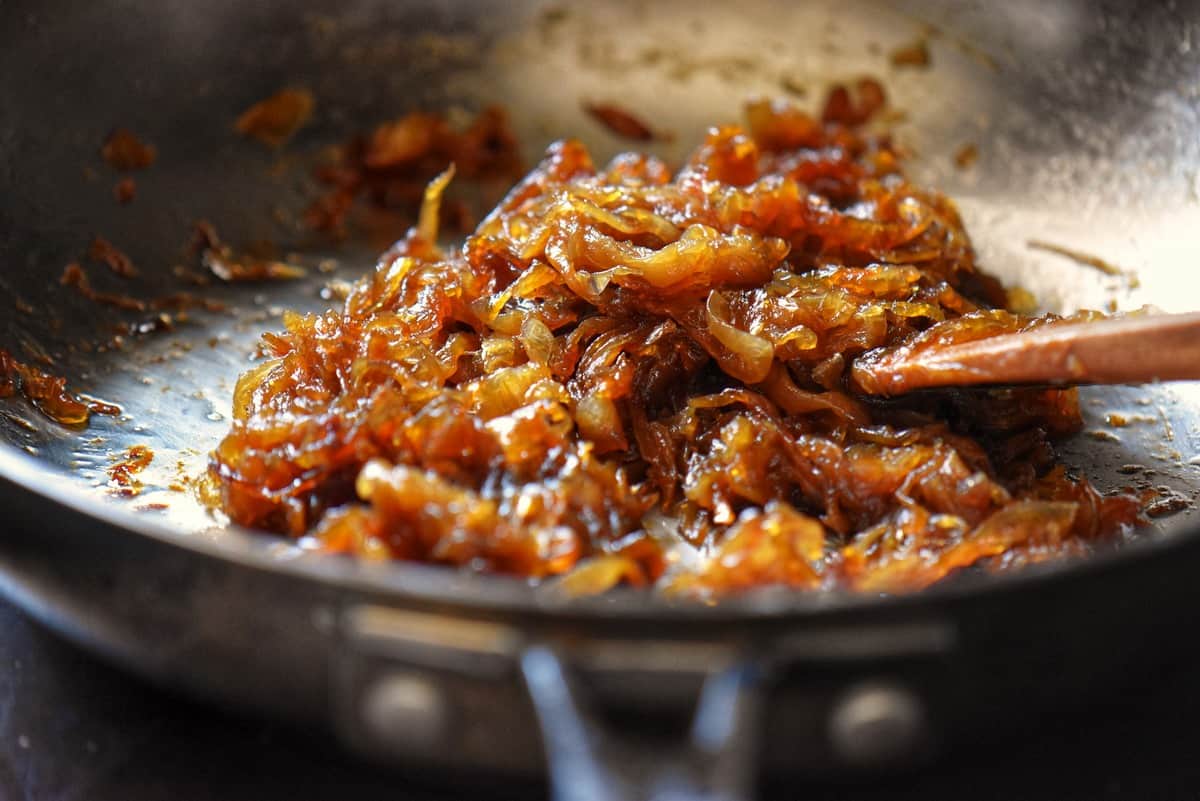
FAQ
Caramelization is defined as the process by which the browning of sugar occurs. [source]. These sugars, in the form of carbohydrates, are naturally found in fruits and vegetables. When their sugars heat up and caramelize, fruits like apples, bananas, and peaches make spectacular desserts. The same applies to vegetables like carrots, cabbage, and potatoes.
When given the choice of which variety of onion to caramelize, keep in mind that each type of onion contributes a slightly different taste. Whether it is the yellow, red, or sweet variety like the Vidalia, experiment to see which you prefer. You might also try mixing different varieties.
A cast iron or heavy pan, which is recommended, creates those little brown bits throughout the onion caramelization process. Deglazing these flavorful morsels stuck at the bottom of the pan contributes a lot of flavor to the final product. In comparison, you can use a non-stick skillet, but the overall flavor is inferior.
How to use caramelized onions
Use these delicious caramelized onions as a pizza topping, combine them with your favorite pasta, or add them to your favorite sandwich.
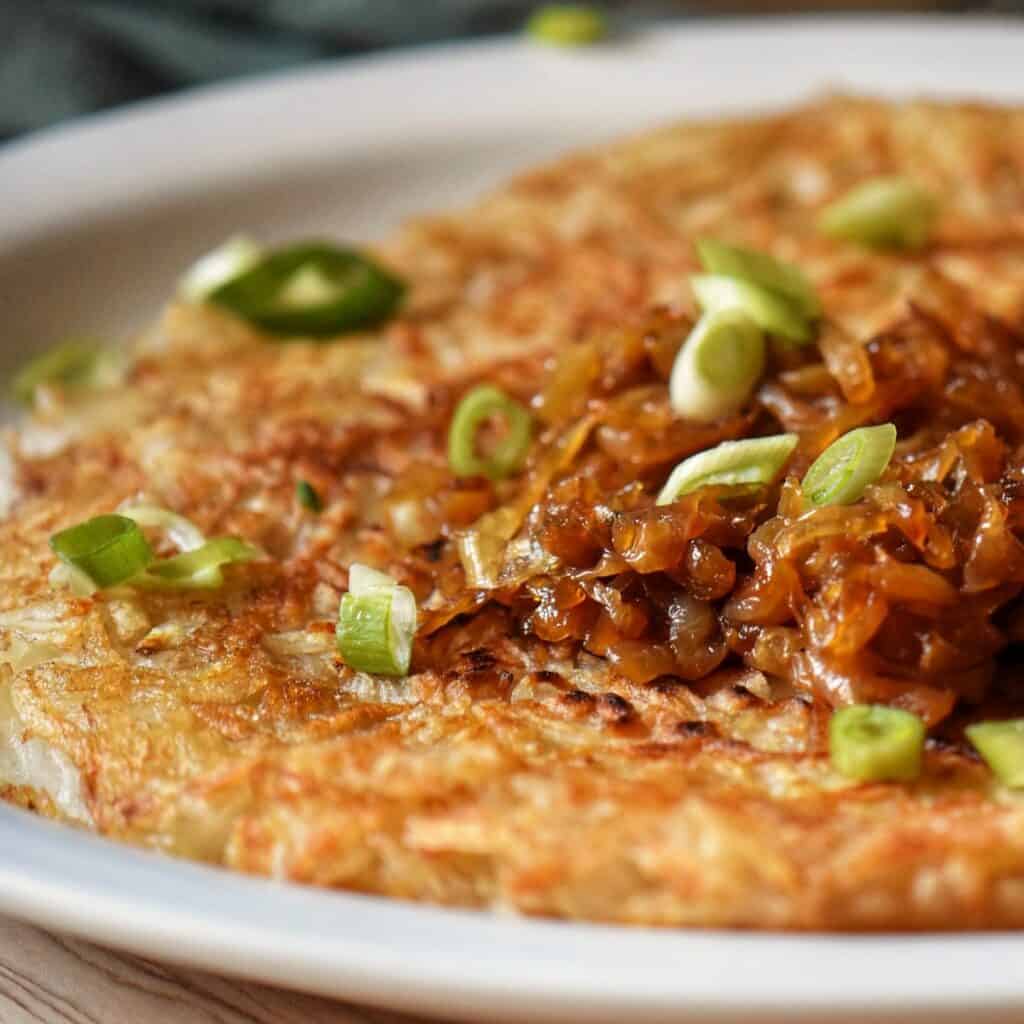
How to Make Hash Browns
Caramelized onions make the perfect topping for hashbrowns!
If you have ever wondered how to make hash browns at home, this is for you!
Recipe inspiration
As you can imagine, caramelized onions were not the food of my childhood.
It wasn’t even a part of my teenage years or my young adult life.
Yes, I am embarrassed to say that I was late to appreciate the miraculous transformation of onions.
Thank goodness for the Food Network!
Do you remember the first time you were first introduced to the magic of caramelized onions?
THANKS SO MUCH for following and being part of the She Loves Biscotti community where you will find Simple & Tasty Family-Friendly Recipes with an Italian Twist.
And if you are new here, welcome! You may want to sign up for my weekly e-mail newsletter. You can unsubscribe any time you want.
Ciao for now,
Maria
★★★★★ If you use this procedure to make the best-caramelized onions, I would love to hear about it in the comments below and be sure to rate the recipe!
Condiment recipes
Recipe
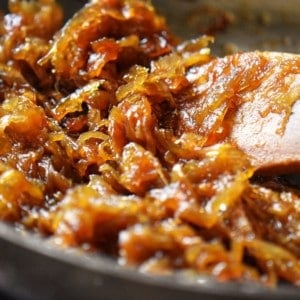
How to Caramelize Onions
WANT TO SAVE THIS RECIPE?
Ingredients
- 1 pound onions 3 medium yellow, sliced ¼ inch thick
- 2 tablespoons extra virgin olive oil
- ¼ teaspoon salt
Instructions
- Over medium-high heat, add the olive oil in a cast-iron pan or large, heavy skillet at least 12 inches in diameter. Swirl to coat the pan.
- Add the sliced onions, one-third at a time, and toss in the oil until properly coated.
- Sprinkle with ¼ teaspoon of salt and stir constantly for about 2-3 minutes or until they start to soften.
- Lower the heat to low and cook, uncovered for about 45 minutes or until the onions become very soft, slightly sticky and a deep golden brown. Stir the onions every 3-4 minutes.
- If they begin to stick to the bottom of the pan, add a tablespoon or so of water and simply scrape the bits off. Consider lowering the heat if they start to burn.
- Towards the end of the process, a few minutes before the onions are done to your liking, add 1-2 tablespoons of water, stock or wine to de-glaze the pan. When the liquid evaporates, they are done.
- Use immediately or cool to room temperature and refrigerate for up to three days or place in an airtight container, cover and freeze for up to one month.
Video
Notes
- One pound of yellow onions = 3 medium
- Make soup stock with the unused outer skins. Simply freeze until you have enough vegetable scraps to make a flavorful broth.
- Keep the root intact in order to hold the layers of the onion in place. This makes it easier to slice evenly.
- Use a large cast-iron or heavy skillet, at least 12 inches in diameter. This encourages the water accumulation, released by the onions, to evaporate quickly. This, in turn, provides the perfect environment for the onions to caramelize properly.
- Add salt at the beginning. This helps draw out the moisture from the onions.
- Use low heat and stir. Do not be tempted to increase the temperature to speed up the process.
- Use stock or wine to de-glaze the pan instead of water to release the onion bits stuck on the pan.
- Nutritional information is for the entire recipe.
Nutrition
This post was originally published on July 10, 2020 and republished on June 2, 2023 with updated content and a video. Thanks for sharing!


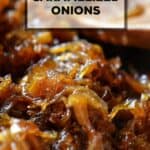
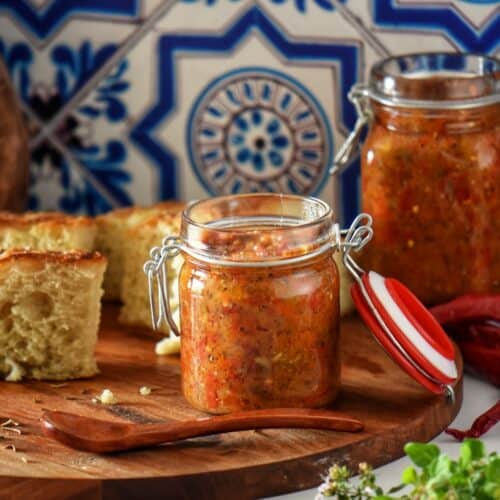
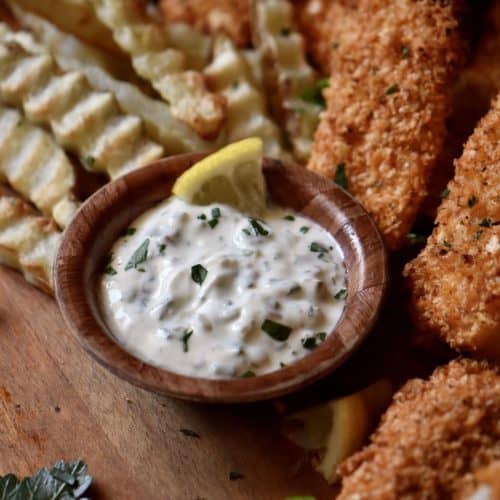
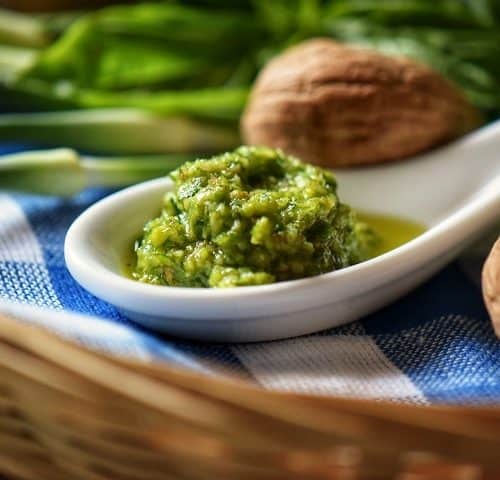
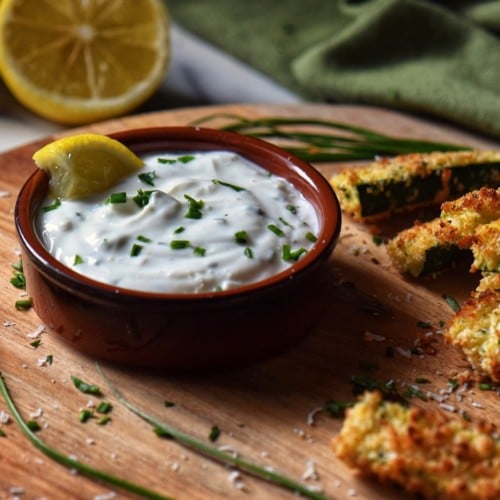
angela
I love this recipe . I made a focaccia with caramelized onions , it was delicious, we all enjoyed it . thank you so much for the wonderful recipes
Maria
SO thrilled to read this Angela! Thanks for sharing!
Ricardo Valenzuela
Maria, thank you for posting. I love caramelized onions. This is a great recipe for those that are diabetic…no sugar added.
Ciao,
Ricardo
Maria
Thanks so much Ricardo! My pleasure!
Val
I’ve made these a few times already and they are fantastic! Thanks Mary!
Maria
My pleasure Val! Thanks for stopping by.